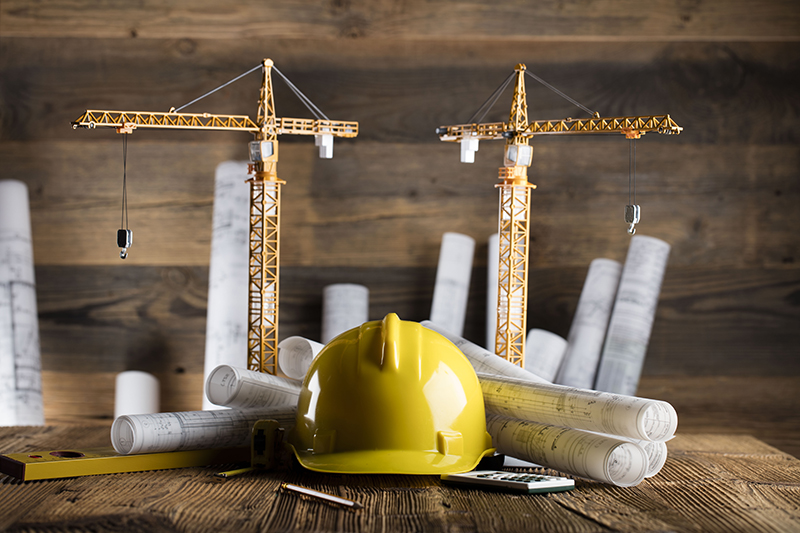
UK construction output fell by 1.8% in October 2021 – the largest monthly decline since April 2020 following the pandemic-related lockdown.
Figures released by the ONS showed that new work fell 2.8% from September to October 2021 while repair and maintenance was flat.
Anecdotal evidence continues to suggest that product shortages leading to price rises in raw materials are an important reason for the decline.
The main drivers behind the decline were infrastructure and private new housing, which decreased by 7.1% and 4.4% respectively, although these were partially offset by increases in private industrial and public other new work of 8.8% and 7.0% respectively.
Output fell by 1.2% in the three months to October 2021 due to a 1.5% drop in repair and maintenance and a 1% dip in new work.
Mark Markey, MD of the Akela Group, said, “It’s disappointing to see construction output fall again this month as the industry continues to face a number of challenges, including the high cost of materials, supply chain issues and the chronic shortage of skills. At Akela Group, we are continuing to expand into new markets and this has presented new opportunities for the group – including our first electric vehicle (EV) project at the UK’s most powerful EV charging hub in Oxford.
“To meet this growing demand, we have invested in creating a talent and skills pipeline within the group, recruiting 30 modern apprentices this year. Recruiting young talent and upskilling the existing workforce with essential green skills will undoubtedly play a key role in ensuring a bright future for the sector.”
MJ O’Shaughnessy, MD at Will Rudd Davidson Glasgow and Ireland, said the figures don’t reflect the company’s experience in recent months with expansion into Ireland and new project wins throughout the UK in the residential, hotel/leisure and energy and renewables sectors.
“However, many firms continue to reckon with Covid-related staff shortages and the resulting periods of self-isolation,” he added. “Further still, supply-chain issues will be having a negative impact on the pace at which some firms can deliver projects. Will Rudd, like all businesses in the construction industry, is looking ahead to 2022, hopeful that the sectors will return to pre-pandemic levels of growth. Additionally, as we work towards meeting ambitious net zero carbon targets, we must consider how our engineering work can best protect, preserve and enhance our landscapes and environments in a sustainable way.”











